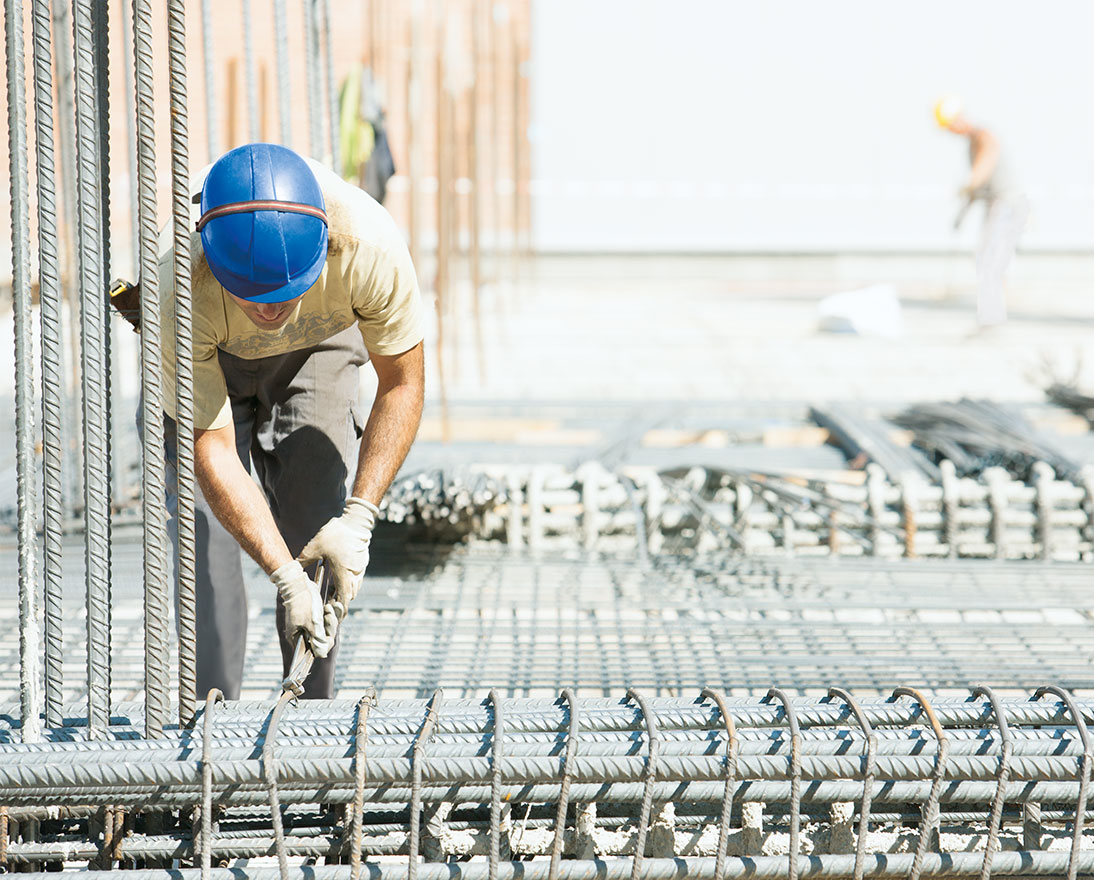Construction projects shuttered by pandemic require a careful restart
RiskArticleJuly 23, 2020
After managing the shutdown, contractors can’t just flip a switch to restart construction. Unfamiliar challenges stand in the way.
Construction delays are nothing new, but the COVID-19 pandemic has thrown up some unfamiliar risk management roadblocks to restarting projects sidelined by lockdowns.
COVID-19 “shut down the world,” said Guenter Schneider, Principal Construction Risk Engineer at Zurich Insurance Co. About one third of all sites were affected, many of them - including multi-billion-dollar infrastructure projects - were fully closed for up to three months, he added. And, one of the big concerns is uncertainty over how long the pandemic will linger and the potential for a significant second wave.
Mr. Schneider, who discussed construction project restarts as a panelist on a webinar hosted by insurance and risk management publication Commercial Risk Europe, pointed out that managing a restart means first managing the shutdown. “It’s not so easy just to turn off the lights, shut the door and go home and wait until it’s over,” he said.
The pandemic - unlike other events such as unexpected natural disasters - allowed some time to carefully shutter large construction projects, according to Mr. Schneider. Doing so involves an assessment of the potential impact on stakeholders and undergoing a thorough risk review, among other steps, before taking action to ensure the site is secure and well-protected. As a shutdown continues, it is important to conduct regular site inspections, continue with structural instrumentation, ground movement and groundwater monitoring and planned preventive maintenance, he said.
Among the risks construction projects face during a shutdown are threats of vandalism, “standstill” damage to idled machinery, exposure to natural hazards that could cause groundwater seepage and the collapse of partially completed structures, Mr. Schneider pointed out.
“Even if preparation for a shutdown is perfect and no damage occurs,” he added, the biggest consequence is the delay the project incurs. And the pandemic brings the potential for further delays even after a project restarts. Social distancing, masking requirements and travel restrictions can slow the pace of construction.
A restart calls for an additional assessment, Mr. Schneider advised. Stakeholders must be notified that the project is again underway and a restart plan is implemented. Supply chains are reviewed to ensure materials are available and assessments must be carried out to reveal the impact of the shutdown on the project.
Once the restart assessment is completed, actions that should be taken before construction begins include reviews of structural safety, the condition of equipment such as cranes, health and safety practices as well as any effects from the shutdown on utilities or water management. Also to be considered is whether warranties on stored equipment may have expired.
Project delays could have insurance coverage implications, Mr. Schneider pointed out, emphasizing that contractors and owners must understand whether losses related to delays are covered. There may be coverage conditions related to cessation of work, he added, as well as restrictions for non-physical damage and other exposures. Third-party liability is another important consideration.
And, particularly during the pandemic, there may be uncertainty around potential liability for failing to maintain a workplace that ensures employees remain healthy, Mr. Schneider said.


